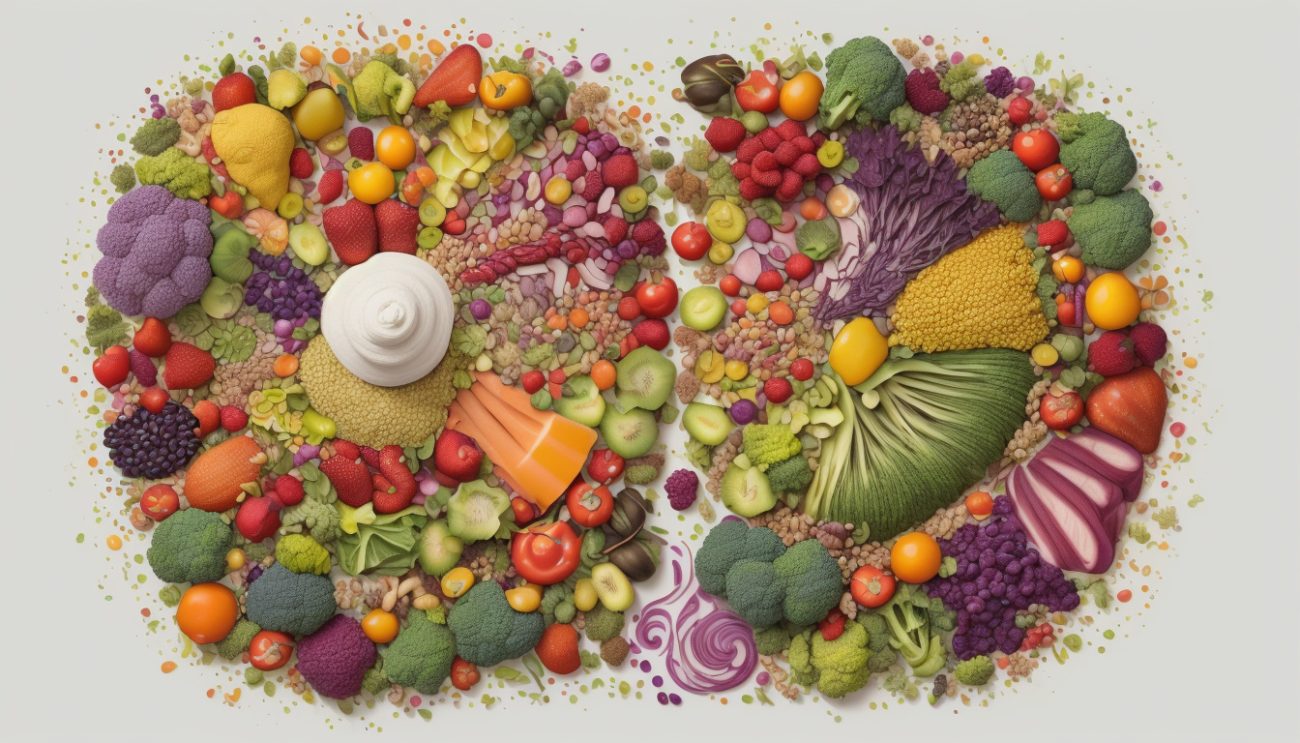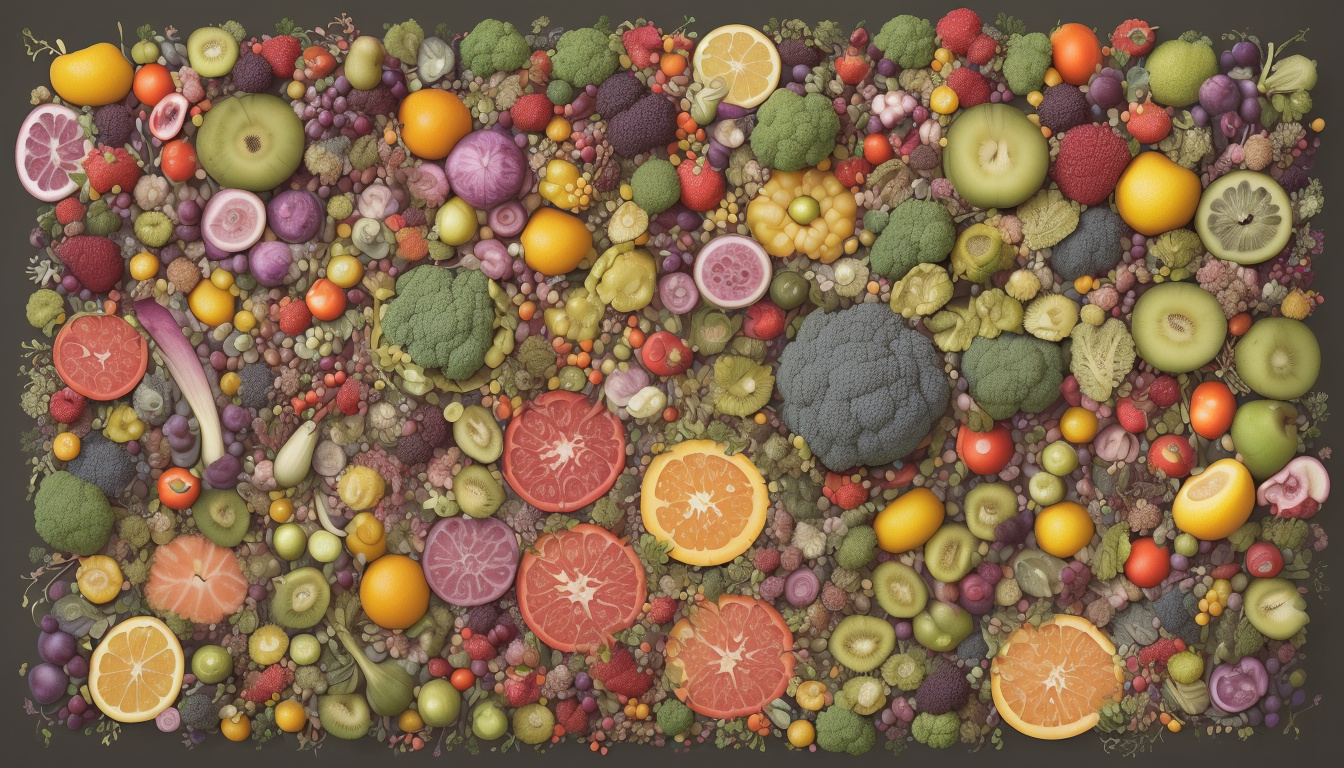Nourish Your Gut: Discover the Top Foods That Boost Your Microbiome for Optimal Health
The human gut is home to trillions of microorganisms collectively known as the microbiome. These tiny inhabitants—comprising beneficial bacteria, fungi, viruses, and other microbes—play a crucial role in digestion, immune function, metabolism, and even mental

The human gut is home to trillions of microorganisms collectively known as the microbiome. These tiny inhabitants—comprising beneficial bacteria, fungi, viruses, and other microbes—play a crucial role in digestion, immune function, metabolism, and even mental health. Supporting your microbiome is essential for maintaining overall well-being, and the good news is that what you eat significantly influences this complex ecosystem.
In this article, we explore the best foods that nourish your gut microbiome and how incorporating them can enhance your health.
Understanding the Microbiome and Its Importance
The microbiome lives primarily in the small and large intestines and acts almost like a "supporting organ," influencing numerous bodily functions. Each person’s microbiome composition is unique, shaped initially by genetics and early life exposures, then continuously modified by diet, environment, and lifestyle.
A healthy and diverse microbiome promotes:
- Efficient digestion, especially of complex carbohydrates and fibers
- Production of vital nutrients like B vitamins and vitamin K
- Regulation of metabolism and appetite
- Robust immune defenses against harmful pathogens
- Reduced inflammation and lower risk of chronic diseases such as diabetes, obesity, and certain bowel disorders
- Positive impacts on mood and cognitive health
Conversely, an imbalanced microbiome (known as dysbiosis) can contribute to digestive issues, increased inflammation, and susceptibility to infections and chronic illness.
The Four Pillars of a Microbiome-Friendly Diet

To cultivate and maintain a thriving gut microbiome, nutritional experts emphasize adding back key food groups that feed your beneficial microbes, rather than just focusing on foods to avoid. Dr. Chris Damman from UW Medicine summarizes this approach through the "four F’s":
- Fibers
- Phenols
- Fermented Foods
- Healthy Fats
Let’s delve into each category and how they can help your microbiome flourish.
1. Fibers: Feeding Your Beneficial Bacteria
Dietary fiber is the cornerstone of microbiome health. Many fibers are indigestible by human enzymes but can be fermented by gut bacteria, producing beneficial substances called short-chain fatty acids (SCFAs) such as butyrate and acetate. SCFAs nourish gut cells, regulate inflammation, and support immune function.
Good sources of microbiome-friendly fibers include:
- Whole grains: Oats, barley, wheat, brown rice, quinoa
- Legumes: Beans, lentils, chickpeas, edamame
- Fruits and vegetables: Especially those rich in fiber, such as apples, berries, carrots, leafy greens
- Nuts and seeds
Prebiotic fibers, a group of carbohydrates that selectively feed beneficial microbes, are plentiful in foods like garlic, onions, leeks, asparagus, bananas, and Jerusalem artichokes.
Tip: Gradually increase fiber intake to minimize digestive discomfort such as gas and bloating, especially if you have sensitive digestion.
2. Phenols: Colorful Plant Compounds with Microbial Benefits
Phenols are plant-derived compounds that give fruits and vegetables their vibrant colors and also support gut microbial diversity and health. These antioxidants help reduce inflammation and promote the growth of good bacteria.
Consume a "rainbow" of produce such as:
- Blueberries and other berries (deep purple/blue)
- Red peppers and tomatoes
- Purple cabbage and eggplant
- Leafy greens and cruciferous vegetables
Including a wide variety of colorful fruits and vegetables daily ensures your microbiome receives diverse phenols and nutrients.
3. Fermented Foods: Introducing Beneficial Live Bacteria
Fermented foods are natural sources of probiotics, live microorganisms that can augment your gut’s beneficial bacterial populations. Regular consumption can improve digestion, enhance immunity, and balance gut flora.
Popular fermented foods include:
- Yogurt with live active cultures
- Kefir (fermented milk drink)
- Sauerkraut and kimchi
- Miso and tempeh
- Pickled vegetables (when unpasteurized)
- Kombucha tea
- Sourdough bread (note: not all sourdough contains live cultures, especially if heat-treated)
Aim for varieties without added sugars or preservatives to maximize benefits. Adding these foods to your diet can help maintain microbiome diversity and function.
4. Healthy Fats: Supporting Gut Health and Reducing Inflammation
Certain fats, especially those rich in omega-3 fatty acids, support gut health by reducing inflammation and fostering a favorable environment for beneficial microbes.
Sources of healthy fats include:
- Extra virgin olive oil
- Avocados
- Nuts like walnuts
- Fatty fish (salmon, mackerel, sardines)
Incorporating these fats into your diet complements fiber and fermented foods to nurture your microbiome effectively.
Benefits of a Microbiome-Boosting Diet
Adopting a diet rich in the above food groups can lead to noticeable improvements in gut function and overall health—including:
- Enhanced digestion and regular bowel movements
- Reduced cravings for sugary or processed foods by better appetite regulation
- Decreased inflammation levels
- Improved sleep patterns
- Strengthened immune responses
- Potential positive effects on mood and mental well-being
Studies link positive shifts in microbiome composition with lower risks of obesity, diabetes, inflammatory bowel diseases, and even neurodegenerative conditions such as depression and Alzheimer’s.
Practical Tips to Support Your Microbiome Daily
- Fill half your plate with fruits and vegetables to prioritize fiber and phenols.
- Include whole grains like oats, brown rice, or quinoa as your main carbohydrate source.
- Add legumes such as lentils or beans regularly for protein, fiber, and prebiotics.
- Incorporate fermented foods in snacks or meals to supply live probiotics.
- Use healthy fats like olive oil and avocado liberally in cooking and salads.
- Limit processed foods, excessive sugar, and saturated fats, which can harm your microbiome balance.
- Introduce changes gradually to your diet to allow your gut to adapt smoothly.
Conclusion
Your gut microbiome is a dynamic, integral part of your health, influenced heavily by the foods you eat. Supporting this microscopic ecosystem with fiber-rich whole grains, colorful fruits and vegetables, fermented probiotic foods, and healthy fats can unlock a cascade of health benefits—ranging from improved digestion to enhanced immunity and better metabolic health.
By focusing on nourishing your microbiome, you set the stage for a healthier, more balanced body and mind.
References:
- UW Medicine | Newsroom: Adding key foods to a diet will help restore gut health.
- Harvard T.H. Chan School of Public Health: The Microbiome and Nutrition.
- UnitedHealthcare: Best foods for gut health.
- Cleveland Clinic: Gut Microbiome and Health.
- Mayo Clinic: Fiber and Gut Health.



